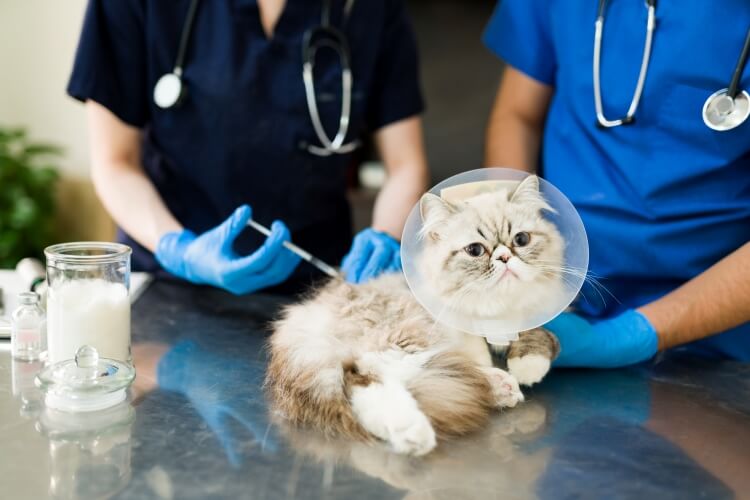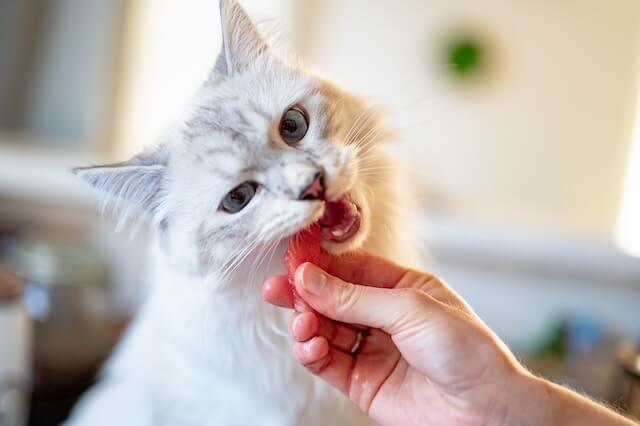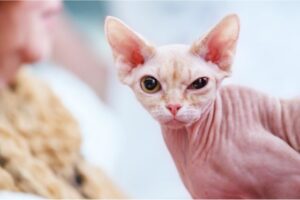Of course, as a responsible cat owner, you want only the healthiest food for your cat. Your cat may benefit from a raw food diet. Meat, bones, and organs, as well as other nutrient-rich ingredients, should be fed to your cat raw or barely cooked on this diet.
There is a good reason why raw food diets have gained popularity among cat owners in recent years. The advantages of switching your cat to a raw food diet are discussed in this article.
Better Digestive Health
Your cat’s digestive system may benefit from a raw food diet. Fillers like grains and carbohydrates are common in commercial cat foods, but they can be difficult for cats to digest. Raw food diets, on the other hand, feature easily digestible ingredients that are natural and appropriate for cats’ biological systems.
The high moisture content of raw food diets is also beneficial to a cat’s digestive system. For the most part, a cat’s daily water needs are met by the meat it consumes because it is a carnivore by nature. The most common type of commercial cat food is dry kibble, which can lead to dehydration and health issues in the urinary tract. On the other hand, your cat’s digestive tract will stay healthy and hydrated on a raw food diet.
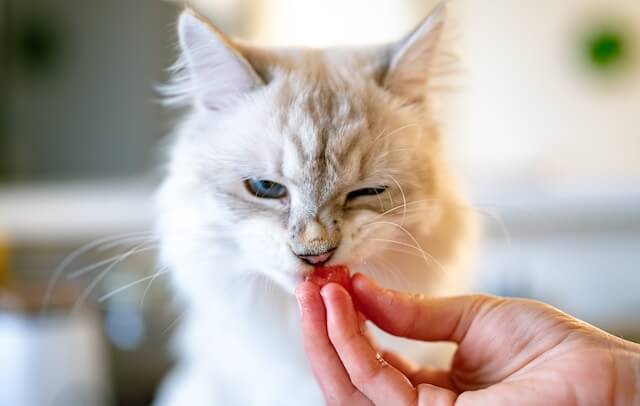
Healthier Coat and Skin
Coat and skin health in cats fed a raw food diet tend to be better than in those fed a commercial diet. Essential fatty acids, which are abundant in raw food, are important for a healthy coat and skin. In addition to promoting general health, the inflammation-fighting properties of these fatty acids are noteworthy.
In addition, many commercial cat foods have artificial preservatives and additives, which can aggravate skin conditions and trigger allergic reactions in sensitive felines. But because raw food diets use only whole, natural foods, they can help with these problems.
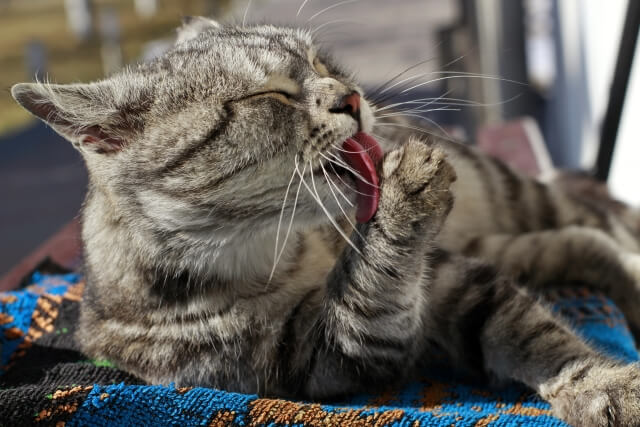
Stronger Immune System
Your cat’s immune system will benefit from a raw food diet. Antioxidants, vitamins, and minerals found in raw foods have been shown to play a role in disease prevention. You can keep your cat healthy and robust by feeding it raw food, which contains natural enzymes that aid in digestion and nutrient absorption.
Raw food diets also don’t have the unnecessary fillers and additives that are common in commercial cat food. Using these filters can reduce your cat’s immune system’s effectiveness, making it more vulnerable to disease.
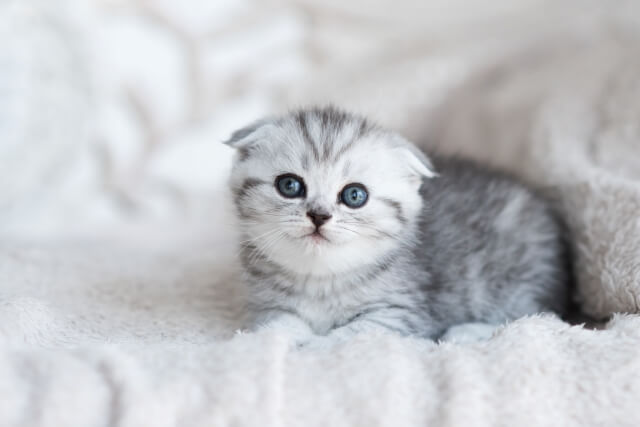
Better Weight Management
Cats are increasingly suffering from obesity-related conditions like diabetes, heart disease, and arthritis. If your cat is overweight, switching to a raw food diet may help.
Raw food diets are high in protein and low in carbohydrates, which can help your cat feel full and satisfied for longer. Your cat’s metabolism and weight can be maintained with the help of the natural ingredients found in a raw food diet.
Better Dental Health
Cats’ teeth can benefit from a raw food diet as well. Your cat’s teeth will stay healthy and clean if you feed it raw food because of the abundance of enzymes and nutrients it contains. Raw food also provides calcium and phosphorus, two minerals necessary for healthy teeth and bones.
Too much sugar and other additives in commercial cat foods have been linked to dental issues like cavities and gum disease in felines. However, the raw food diet contains nothing but natural ingredients that are good for your cat’s teeth.
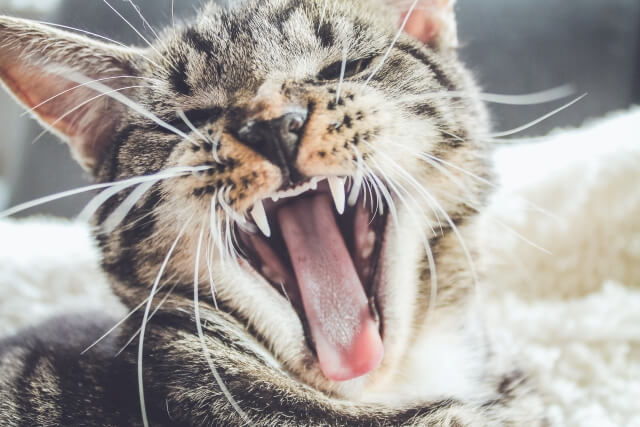
Reduced Risk of Chronic Illnesses
Reduce your cat’s chances of developing kidney disease, diabetes, or cancer by switching to a raw food diet. Antioxidants and other nutrients abundant in raw food diets play a role in protecting cells from damage and decreasing inflammation.
When compared to commercial cat food, a raw food diet is healthier because it eliminates the use of fillers and additives.
These filters are able to reduce your cat’s resistance to disease and increase the likelihood that it will develop chronic conditions. When you switch your cat over to a raw food diet, you’re giving them the nutrients they need to keep its immune system strong and ward off illness.
Increased Energy and Activity
Cats who eat a raw food diet tend to be more active and alert. Protein is a key component of raw food diets, as it is used to build muscle and fuel the body. Your cat’s health and happiness can benefit from the natural ingredients found in a raw food diet.
You may notice that your cat is less active and less energized after feeding it commercial cat food. This is because commercial cat foods frequently contain fillers and additives. You can ensure your cat’s continued health and vitality by feeding them a raw food diet.
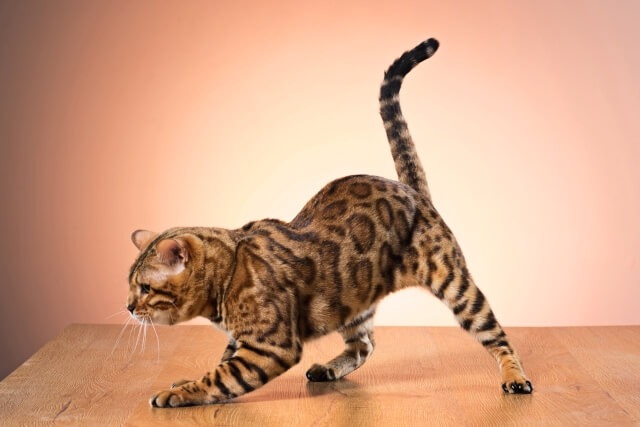
Better Nutrient Absorption
Natural enzymes in raw food diets promote healthy digestion and nutrient absorption. Fillers in commercial cat foods are a common source of digestive problems and decreased nutrient absorption. The digestive enzymes your cat needs to properly digest and absorb the nutrients in its raw food diet are provided by you.
Customizable for Your Cat’s Needs
Your cat’s unique nutritional requirements can be easily met with a raw food diet. Changing your cat’s diet can help improve its health if it suffers from a condition like diabetes or kidney disease. An additional benefit of feeding your cat a raw food diet is that you can modify the quantity and type of food to suit your cat’s age and level of activity.
Many commercial cat foods are made with a universal formula and may not meet the nutritional requirements of your cat. You can give your cat the best chance of living a long and healthy life by following a raw food diet.
Natural Diet for Cats
The raw food diet is designed around the cat’s ancestral diet. As obligate carnivores, cats need a meat- and fish-based diet that’s low in carbohydrates. Feeding your cat a raw food diet is a great idea because of the diet’s emphasis on all-natural, biologically-appropriate ingredients.
Fillers and artificial ingredients are common in commercial cat foods, despite not being part of a cat’s natural diet. When you switch your cat to a raw food diet, you’re helping them get the nutrients they need to flourish in its wild habitat.
Your cat’s behavior, urinary health, and longevity can all improve when you switch to a raw food diet.
Behavioral Benefits
The behavior of cats fed a raw food diet may improve, with less aggression and more sociability among the potential benefits. With the sustained energy that comes from a raw food diet, your cat will have more fun playing and interacting with other cats and people.
It has also been suggested that feeding cats a raw food diet can help them deal with stress and anxiety better. Additives and preservatives commonly found in commercial cat foods have been linked to hormonal disruption and increased anxiety or stress in cats. Raw food diets, which lack these fillers, can reduce your cat’s anxiety.
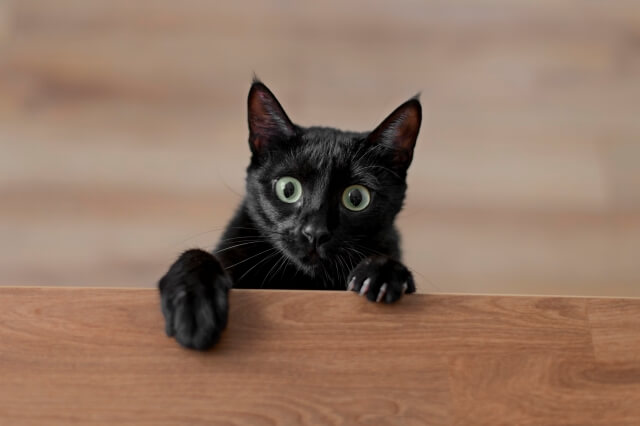
Urinary Health Benefits
Your cat’s urinary health may also benefit from a raw food diet. Common urinary tract problems in cats include crystal formation and infections. The high water content of a raw food diet is beneficial to urinary health because it reduces the risk of crystal formation in the urinary tract.
Your cat’s risk of developing urinary tract infections may also decrease if you feed it a raw food diet. Infections are more likely to occur in cats who eat commercial cat food because of the ingredients that can cause an imbalance in the pH levels of their urine. However, the pH balance of raw food diets can aid in maintaining your cat’s urinary tract health.
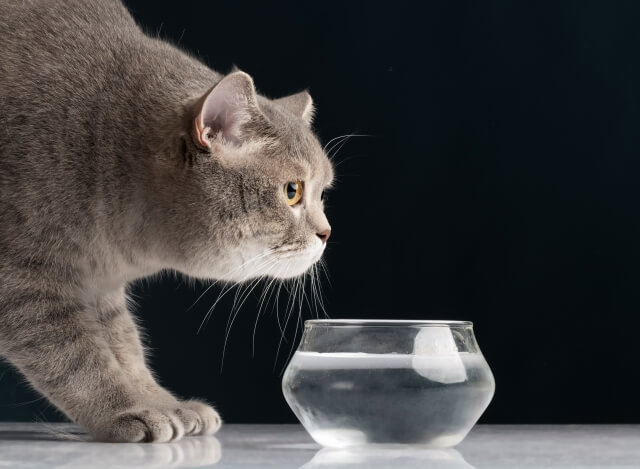
Lifespan Benefits
It’s possible that your cat’s overall lifespan will improve if you switch it to a raw food diet. Because they mimic a cat’s natural diet, raw food diets are biologically appropriate and provide all the nutrients required for a long, healthy life.
A cat’s lifespan can be shortened by the use of commercial cat food due to the presence of ingredients that can contribute to chronic illnesses and diseases. By giving your cat a raw food diet, you’re giving it the nutrients it needs to stay healthy and fight off disease.
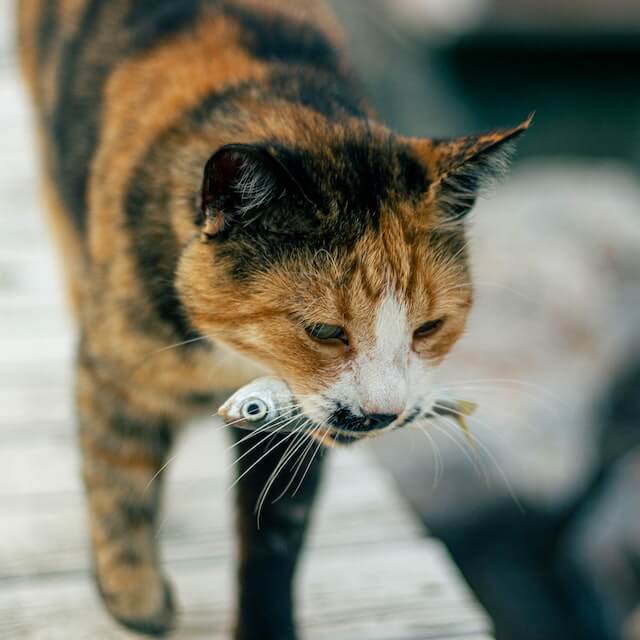
How to Switch Your Cat to a Raw Food Diet
It’s best to transition your cat to a raw food diet gradually to avoid any digestive upset. Changing your cat’s diet to raw food requires a few simple steps:
It’s important to talk to your vet before switching your cat to a raw food diet. They will be able to advise you on the most effective means of adjusting your cat’s diet to ensure its continued good health.
Introduce small amounts of raw food into your cat’s diet at first. Start with a small amount and gradually increase it until your cat is eating only raw food.
Introduce various protein sources: Cats need a wide range of protein sources in their diet to thrive. To keep your cat healthy, feed it a variety of protein sources like chicken, beef, and fish.
Keep an eye on your cat’s health as you introduce raw food into their diet. Keep an eye out for any symptoms of illness, especially those related to digestion, and get in touch with your vet if you notice anything amiss.
Make sure your cat always has access to clean water. Even though a raw food diet is naturally moist, your cat still needs to drink water.
For your cat’s optimal health, you should feed it a raw food diet that is well-rounded and complete. If you want to feed your cat a raw food diet, consulting with a veterinarian who specializes in animal nutrition is a good idea.
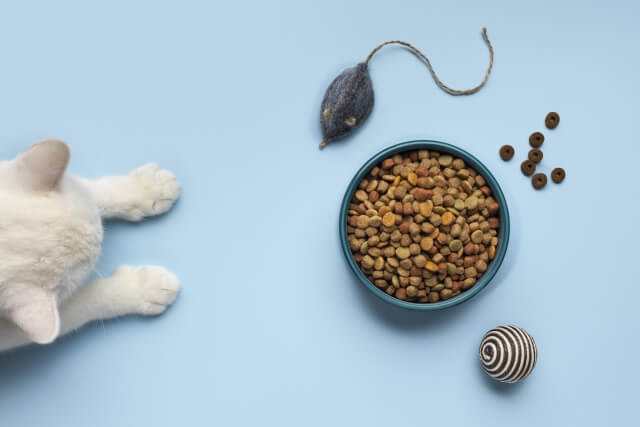
Potential Risks of a Raw Food Diet
Raw food diets for cats have many advantages, but you should also be aware of the risks involved. It’s important to keep in mind that feeding your cat raw food can bring about health problems due to the possibility of bacterial contamination.
Nutrient deficiencies are another possible side effect of a raw food diet. Your cat will thrive on a raw food diet if it is well-balanced and complete. If you want to feed your cat a raw food diet, consulting with a veterinarian who specializes in animal nutrition is a good idea.
Humans who consume raw food diets may also be at risk from contact with the food itself. Infectious bacteria may be present in raw meat. Cleaning all surfaces and utensils that come into contact with raw meat is crucial for preventing the spread of bacteria.
It’s also worth noting that a raw food diet might not be ideal for every cat. Diseases of the liver and kidneys, for example, can make a raw food diet unhealthy for cats. It’s best to get your vet’s approval before switching your cat over to a raw food diet.
Conclusion
There are many positive outcomes that can occur when you switch your cat to a raw food diet. Natural prey is the inspiration for raw food diets, which give cats all the essential nutrients they need to thrive. Cats who are fed a raw food diet have better overall health, including in their digestive systems, skin and coat, immune systems, body composition, and teeth, and are less likely to develop chronic diseases. You can tailor a raw food diet to your cat’s unique nutritional requirements while also boosting its energy and activity levels. If you care about the well-being of your cat, you should think about feeding it raw food.
The risks of a raw food diet, such as bacterial contamination and nutrient deficiencies, should be taken into account before committing to such a lifestyle. If you’re considering switching your cat to a raw food diet, it’s best to talk to your vet and work with a veterinary nutritionist to make sure your cat gets everything it needs.
You should keep an eye on your cat’s health and behavior as he or she adjusts to the new diet, just as you would with any other major lifestyle change. Your veterinarian should be consulted if you have any concerns or issues. If you put in the time and effort, your cat can get all the vitamins and minerals it needs from a raw food diet and live a long, healthy life.
You may also like

How to Recognize the Signs of a Sick Cat
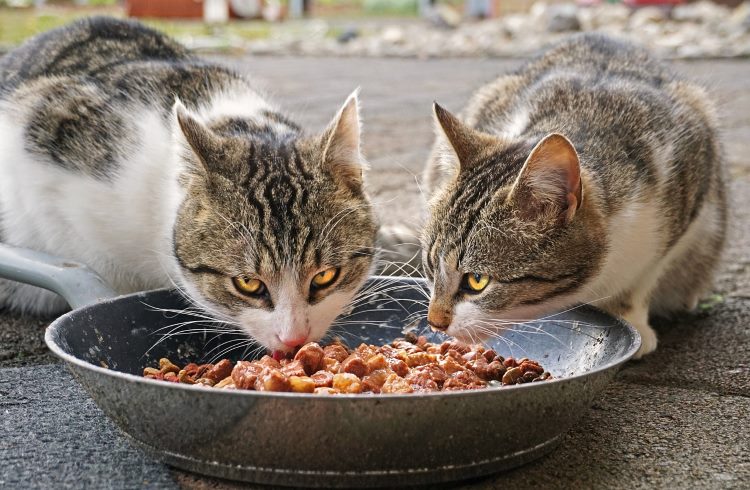
The truth about grain-free cat food
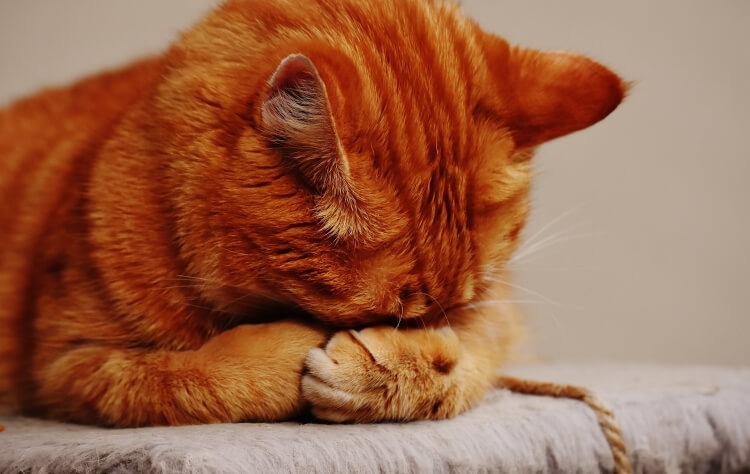
5 Common Health Issues in Cats and How to Prevent Them
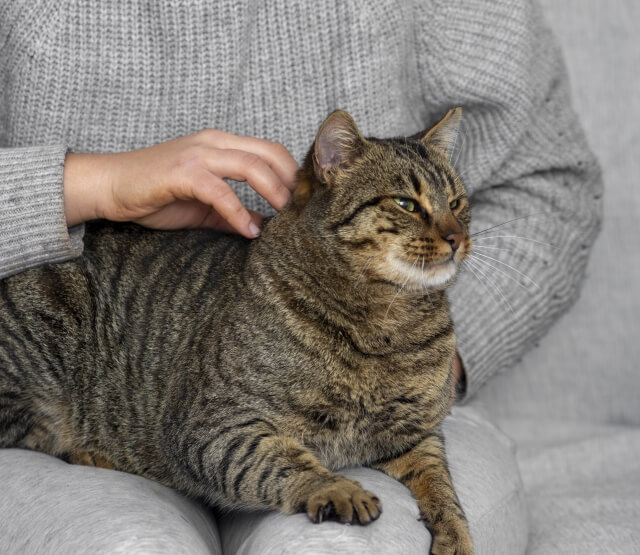
The Connection Between Your Cat’s Weight and Their Health
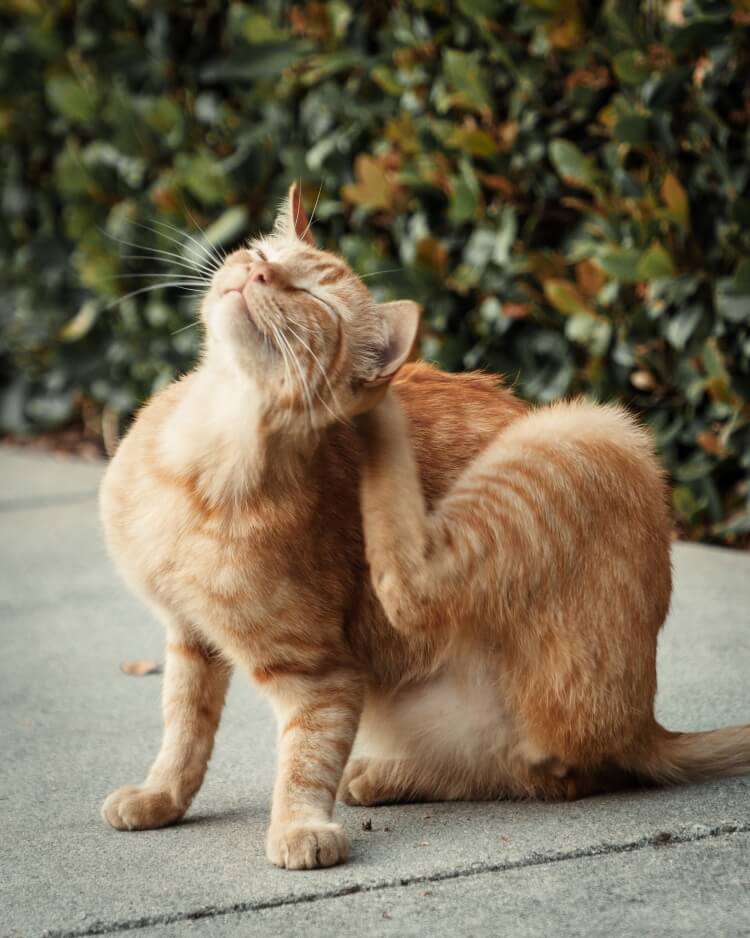
The Dangers of Fleas and How to Protect Your Cat
